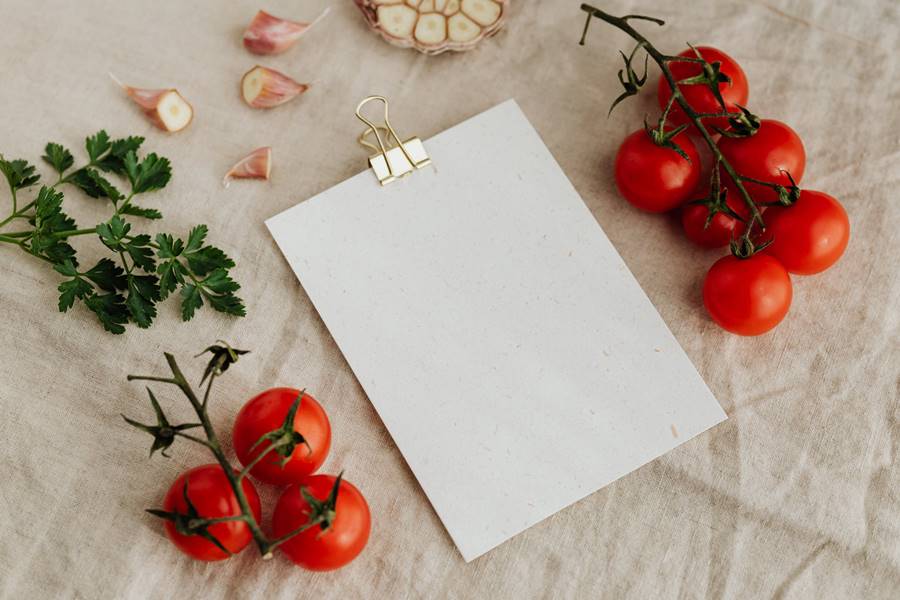
By Jae-Ha Kim
Chicago Sun-Times
October 24, 1999
When Jerry Kleiner first set foot on American soil, the 7-year-old Russian immigrant thought his new homeland was throwing a party for him.
“It was July 4, 1963, and I had no concept of what the Fourth of July was all about,” says Kleiner. “I just saw all these beautiful fireworks and was really excited to be here.”
Now 43, Kleiner has been creating fireworks of his own with a string of popular restaurants. He’s the owner of Marche, 833 W. Randolph, and Red Light, 820 W. Randolph; founding partner and head designer of Clubhouse in Oak Brook and Costa Mesa, Calif., and the kitchen designer of Vivo, 838 W. Randolph.
Kleiner’s latest eatery Gioco, 1312 S. Wabash – which opens Monday – is the first trendy dining spot to open in the South Loop.
“I love challenge,” says Kleiner, showing off the interior of the 1890 brick and limestone restaurant. “I’ve always admired looking at different areas of the city and then going into unchartered waters.
“I could’ve opened up another restaurant on Randolph, but why? Over here, there’s a need for a Gioco. Others will follow now that we’re here, and that’s good for the community. And to get to have my restaurant in this gorgeous building . . . well, for me, this is a way to help preserve the integrity of Chicago and give something back.”
A native of Lavov, Russia – near Ukraine – Kleiner is the middle son of a tailor and a seamstress. The family settled in Rogers Park, where his father, Morry, still lives. (His mother, Eugenia, died five years ago of ovarian cancer.)
At Sullivan High School, Kleiner was an enthusiastic athlete who wasn’t sure what the future held. University life held little appeal for him.
“I went to Wright College for one day,” Kleiner says. “I walked in the front and out the back. That was it.”
He inherited his parents’ love for clothes and enrolled for nine months at Ray Vogue College to study design and fashion merchandising. Kleiner got a job working at Bonwit Teller, saving up his paychecks to purchase expensive shoes. Later, he ran a small clothing line that concentrated on men’s shorts and T-shirts.
“I wasn’t sure what I wanted to do,” Kleiner says. “I think I was deciding what to do by eliminating what I didn’t want to do. I liked the idea of having my own business, because then I would have the final word on all decisions.”
He started a carpet cleaning business, followed by a janitorial company. Between these two businesses, he made contacts with most of the city’s restaurateurs. Eventually, he bought his own building, painted it and sold it.
Kleiner cultivated his contacts and earned a reputation as a good worker with a keen eye for style. In 1987, he was asked to design the Italian eatery Fazio’s. The outcome proved to be so successful that he was asked to add his sophisticated touch to Cairo and Shelter, hence setting the tone for Chicago’s hottest nightclubs.
In 1991, along with partners Howard Davis and Dan Krasny, Kleiner pioneered a new neighborhood in the up-and-coming West Randolph Street food market district when he designed and opened Vivo.
“It took me a while to figure out what I wanted to do with my life,” Kleiner says. “By 35, I not only knew what I wanted to do, but I knew how to accomplish it without really asking anyone else. I knew. I didn’t know this when I was 18 or 21 or even 30. I feel like I’m just beginning a whole new life.”
Stepping into Kleiner’s 9,000-square-foot West End home, visitors experience a sense of deja vu. Bits and pieces of his restaurants’ design elements are sprinkled throughout the spacious house.
Full of bright colors, iron fixtures, curved designs and oversized mirrors, Kleiner’s home is an opulent showpiece. In response to a comment that it makes a visitor suddenly feel poor, Kleiner says, “I feel poor in this house. I can’t believe that I live here.”
Live-in girlfriend Brenda Stanton said that once she got over the house’s gallery-like feel, she was able to enjoy the space.
“It’s actually incredibly functional,” Stanton says. “There’s nothing here that’s so delicate that we have to worry about knocking it over.”
Kleiner adds, “This is a lived-in house. We put our feet on the furniture and just have a great time. It took us about 1-1/2 years to get the house ready to move into. After all that time, I wanted to make sure that we could live in it.”
The tone of the house changes dramatically, depending on which room you’re in. The master bedroom and bath are showcase pieces straight out of a magazine. There is a steam room and a sunken bathtub that appears large enough to swim laps in. The intricate vanity and chandelier lend a whimsical air.
Compare that to the homey, dinerish feel of the 1,200-square-foot kitchen. The first thing one notices is a sign flashing, “Motel No Vacancy” through a shiny window. The black and white checked tiles offset the stark steel fixtures and leather chairs. Tchotchkes dot the room: a collection of globes here, an antique cigarette lighter there.
Just off the kitchen is a spectacular garden, complete with speakers embedded in fake rocks, and various Tonka toys.
The toys are reminders that the house indeed is functional enough not only for Kleiner and Stanton, but Kleiner’s small children, Maxx, 5, and Alaia, 3. (Alaia’s canope bed, which Kleiner designed, is decorated with an ornate “A” on the metal headboard.)
“I loved the challenge of designing this house as much as anything else I’ve done,” Kleiner says. “It’s an open canvas to do whatever you want. I’m into fashion and art, and I love that I get to mix those elements when I work on something like this.”
The plain white walls are a striking contrast to the vintage throwrugs (circa 1910), copper staircase and cranberry red wool carpet on the staircase. The house also includes a screening room and a Steinway piano.
But one of the most beloved treasures in the home is a blue, yellow and red clown tent that he set up for the kids.
“I’ve always believed that you have to be comfortable with where you live,” Kleiner says. “And I try to bring that feeling into my restaurants. I think some designers are so into outdoing each other that they forget that their customers may not feel comfortable eating in those environments. I think it’s possible to be classy and comforting.
“I spend a lot of time traveling and looking for things that will fit into my restaurants. I don’t have a specific formula of which pieces will work together. I think that sometimes people are too constricted by what they think they’re supposed to do. I like dramatic pieces, but they have to be functional.”
Sitting in a plush chair in his home, Kleiner continues, “Sometimes it’s hard for me to believe that this is all mine. I was seven when I came to America. I spoke Russian and Polish and didn’t know any English. I was behind a grade due to the language barrier. My parents worked all the time, and for the first 10 years, we never, ever took a vacation.
“I never felt like I was missing out, because I knew that I was loved. But I knew that I wanted to do something great with my life. I’m not saying that I’m a great man. I’m definitely not. But I think I’ve been able to do some things that have made other people happy.”
Sure, with enough money, anyone can have a showcase home. But Kleiner says that too many people allow cash – or a lack of it – to limit their creativity.
“I’m comfortable now, but I spent most of my life growing up poor,” he says. “Even when I was younger and didn’t have any money, I enjoyed creating a unique space for myself. I think it’s really important to get that across wherever you live. You can do that by showcasing your favorite paintings, rugs, family photos, candle collection, records, whatever. You just want to bring out your personality. Money certainly helps you get what you want quicker, but there are a lot of very rich people out there living in ugly homes.”
Money isn’t an issue for Kleiner these days, and likes to indulge his not-so-guilty pleasure: shopping.
“A woman called the other day and left a message saying, `Hello, Jerry. Just wanted to let you know that your plates are in,’ ” Stanton says. “And we just looked at each other and cracked up laughing. We shop every day. We didn’t know who she was and if she was talking about plates to eat on, license plates, iron plates …”
She watches as Kleiner picks up a fly crawling on the floor and places him outside.
“I try not to kill flies,” Kleiner says. “They’re just trying to survive one day at a time just like the rest of us.”


